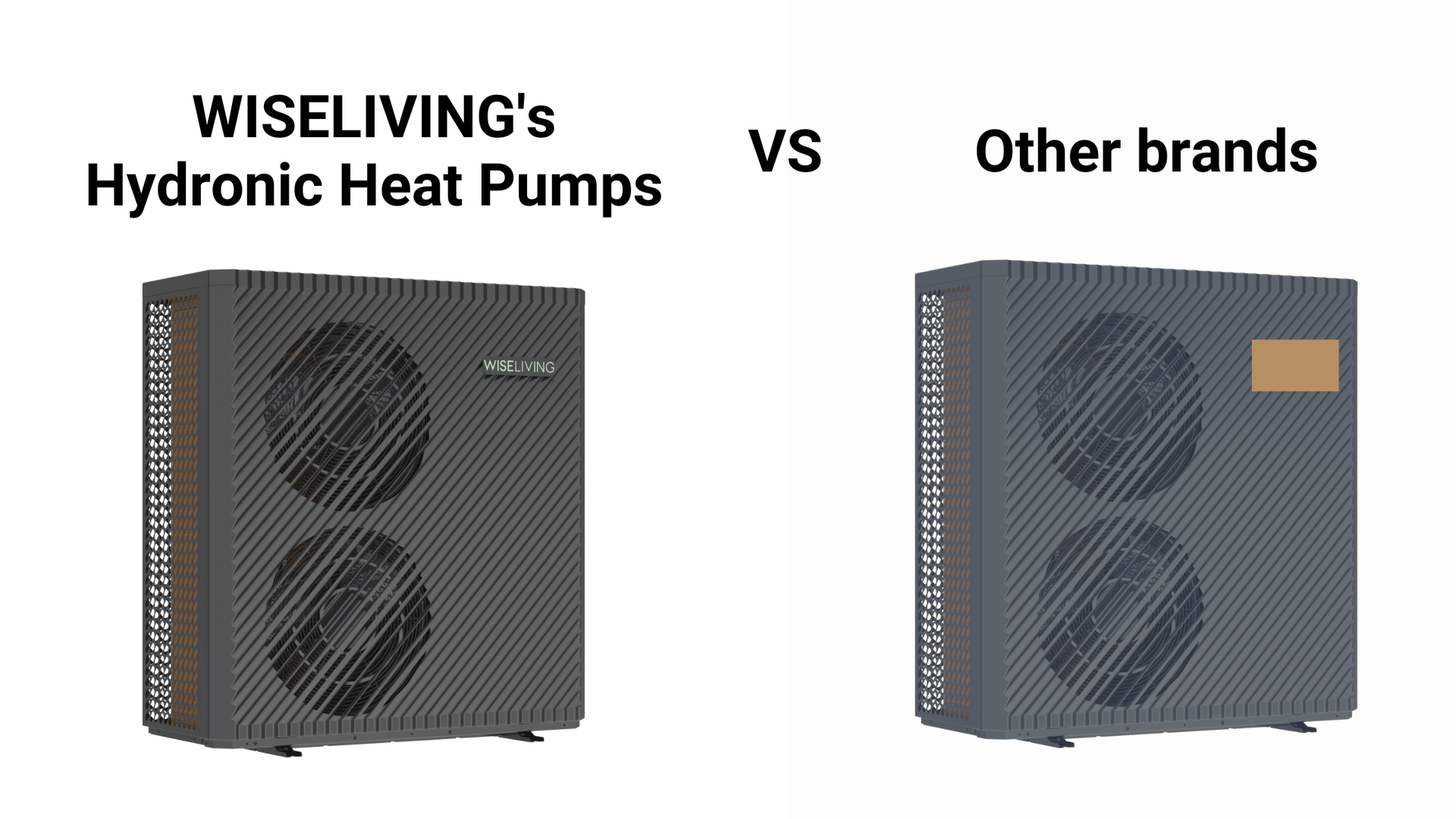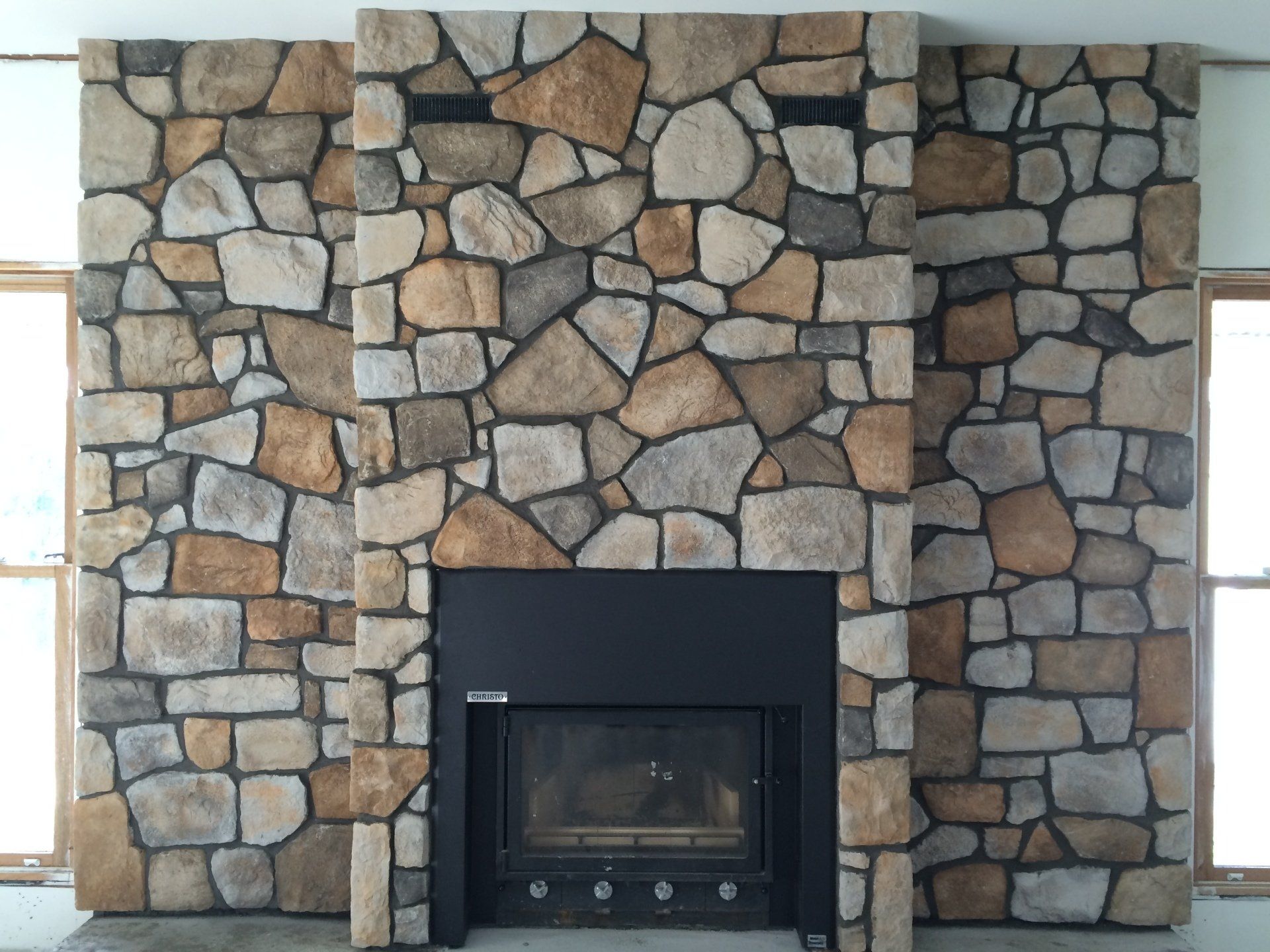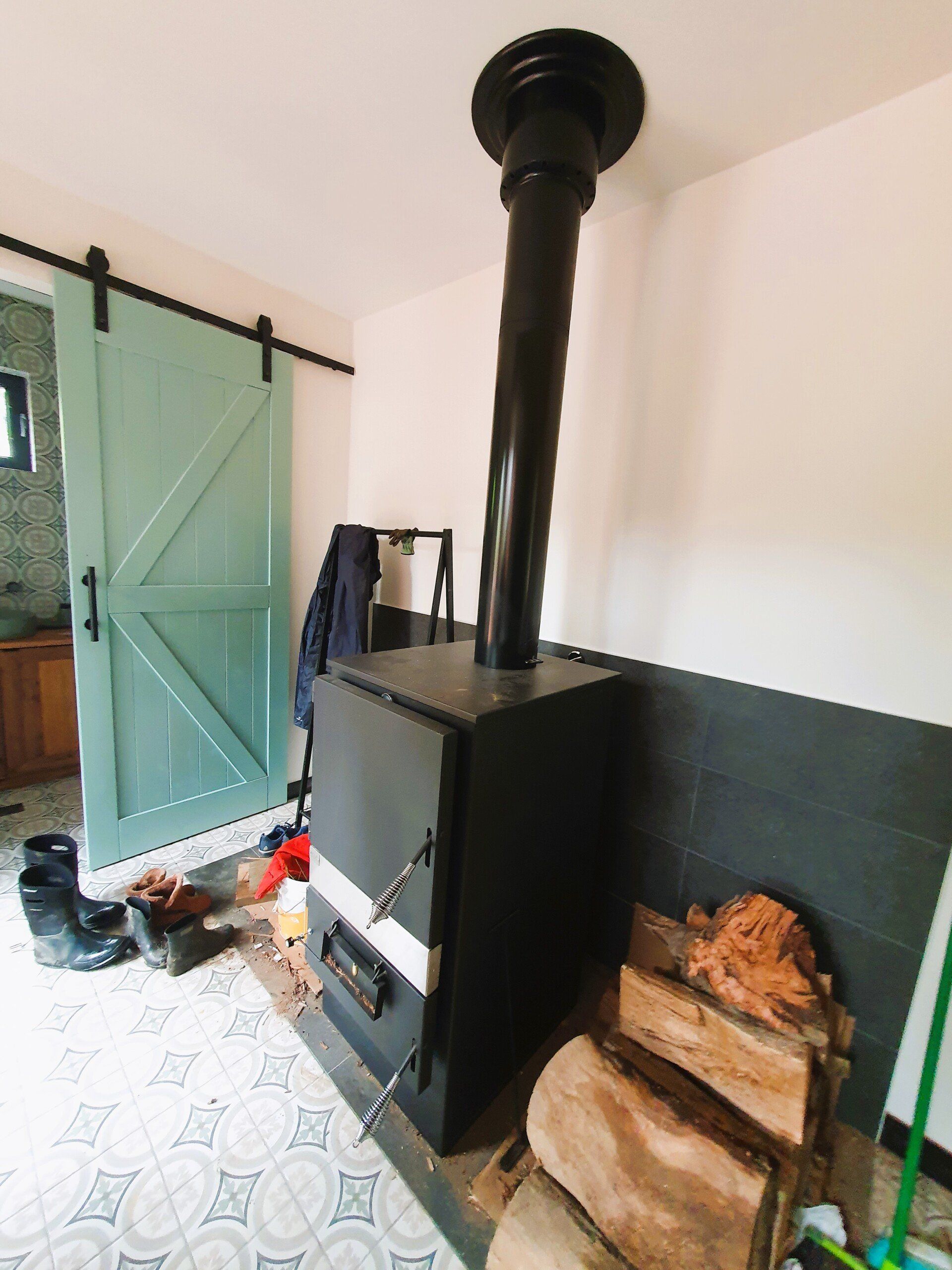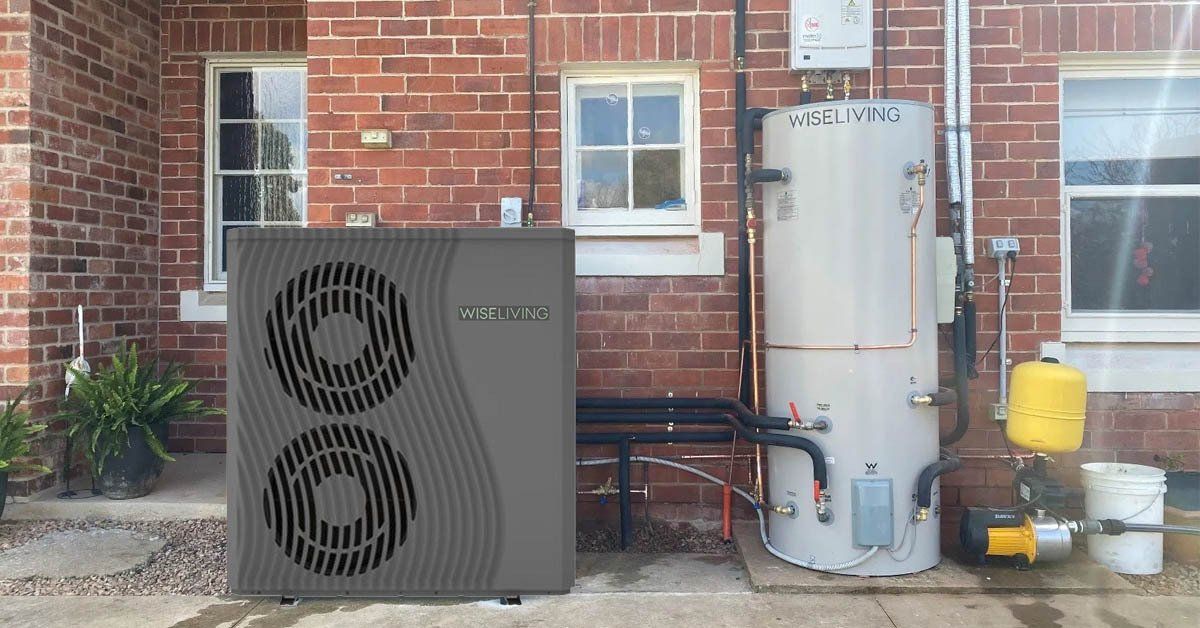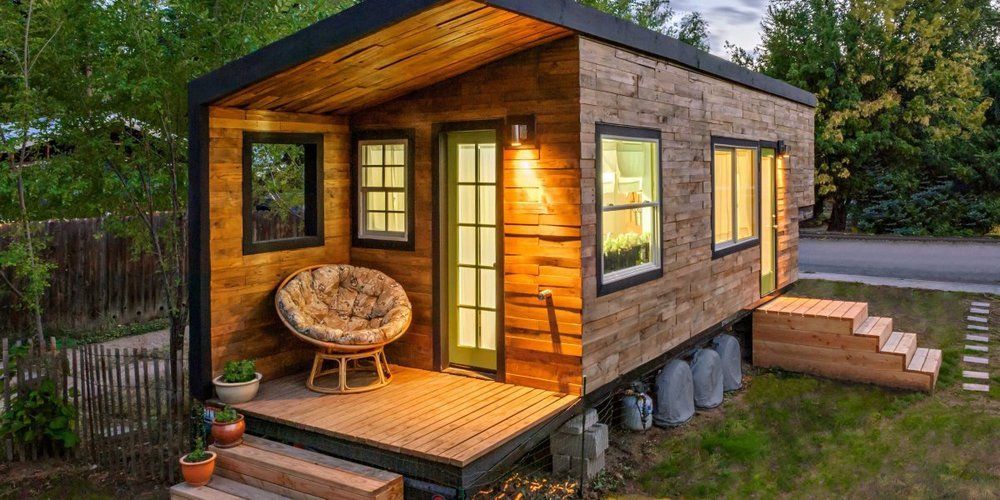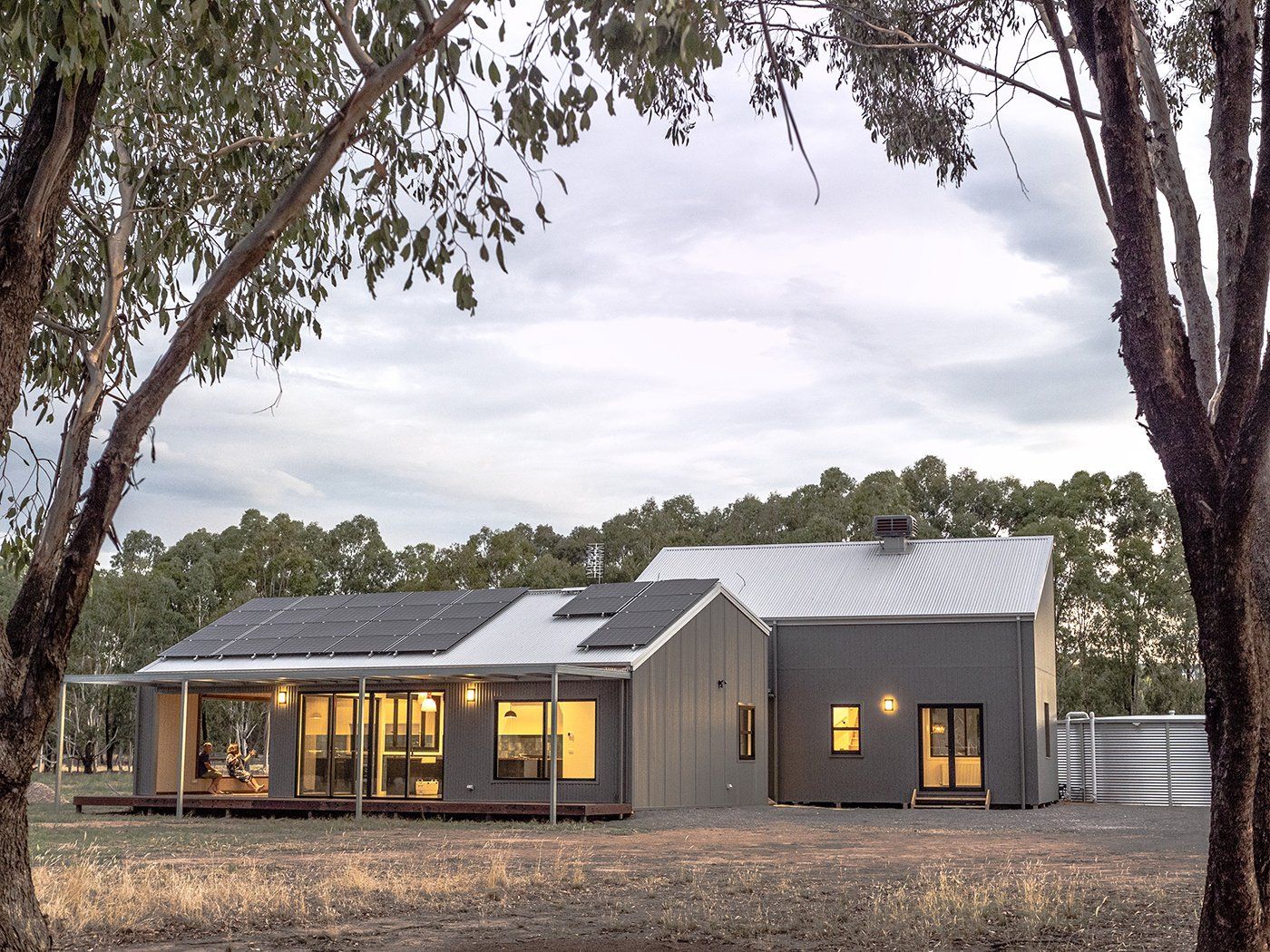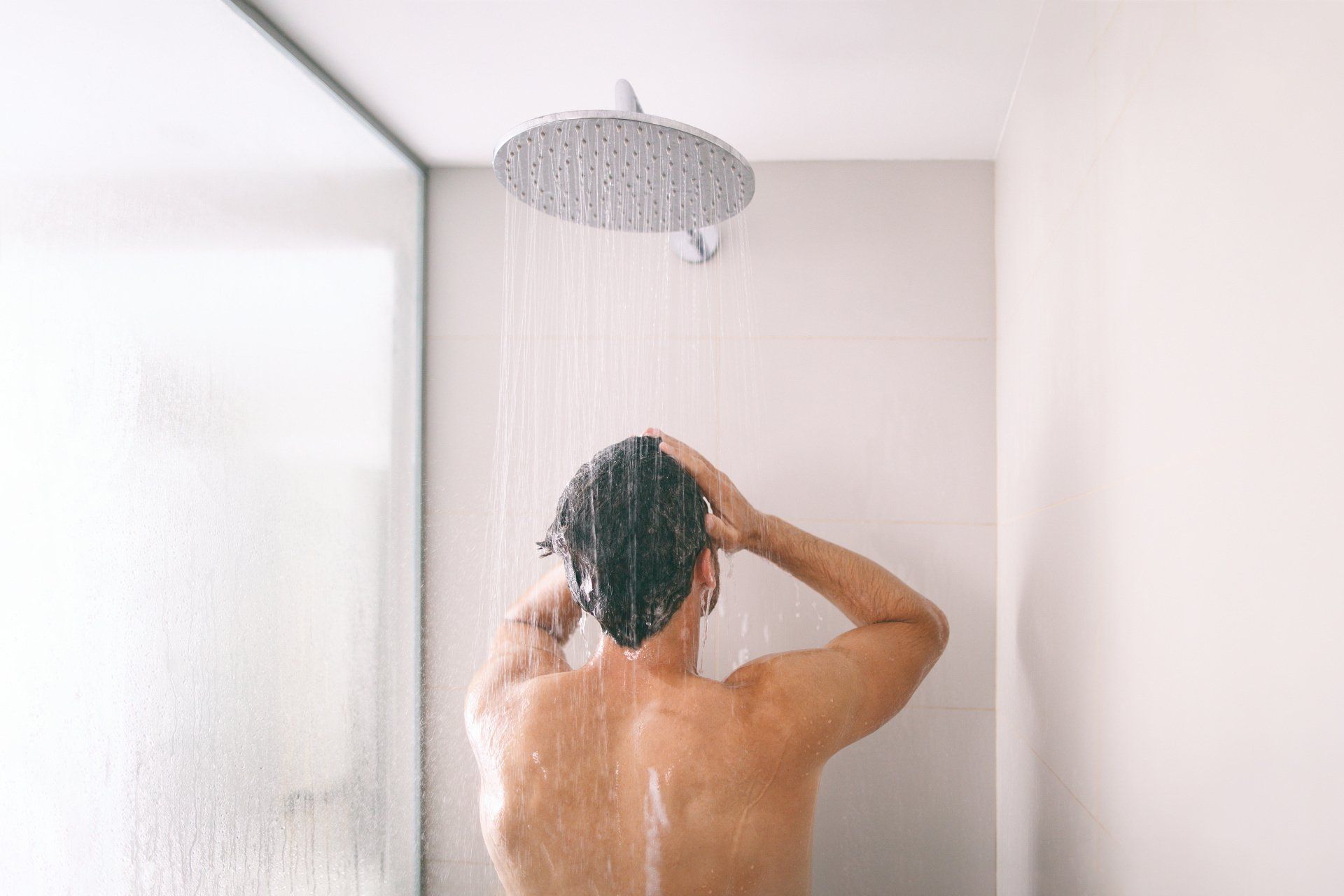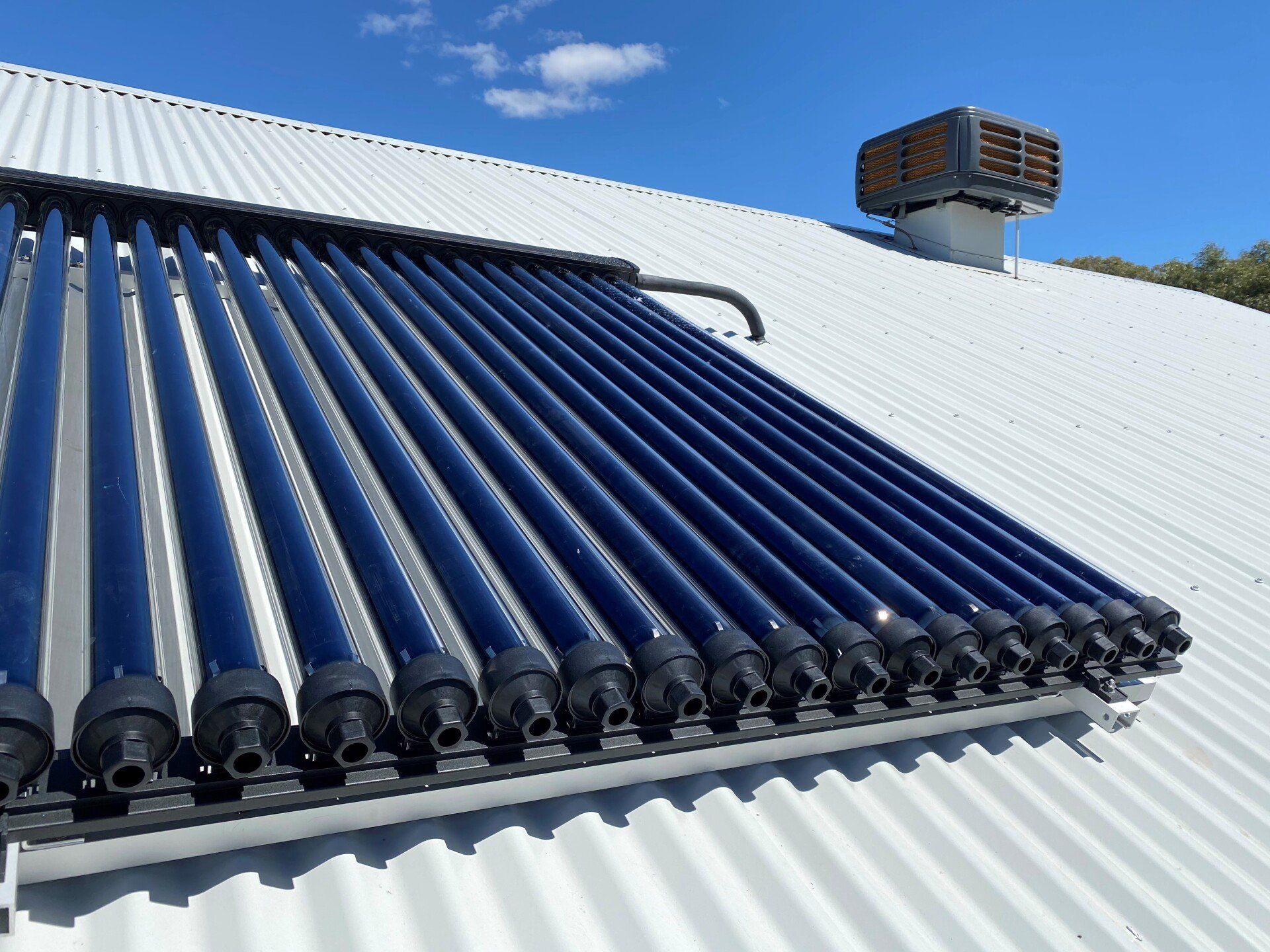Which wood?
For many people installing a wood heater, thinking about the type of wood you should burn is the last thing on your mind when imagining sitting in front of your roaring fire.
However, it is one of the most important aspect of owning and successfully running a wood burning heater or stove. In Australia we have many different types of wood and as with anything - you get what you pay for.
Quality wood means a quality long-lasting burn while cheap or free-sourced wood means more chance of increased smoke creation and potentially harmful toxins going into the atmosphere.
In Western Australia, Jarrah and Wandoo are considered the best. In Tasmania, Brown Peppermint is considered best. In South Australia, Victoria and Southern NSW it is generally River Red Gum.
In Queensland, Ironbark and Box are preferred. It also depends on what you are using the wood for. Red Gum is excellent in a slow combustion heater but does not burn with a lot of flame, so other species are usually preferred for open fires.
Some species are known to not burn well at all, Turpentine and White Stringybark being two of these. Each species has its own characteristics of burning rate, flame, coal and ash generation, which mainly relate to wood density and the chemical composition of tannins etc.
An excess of smoke is caused by the incomplete combustion of gasses given off when wood is burnt. The most common cause for this is incorrect operation of a slow combustion heater or stove. If the air flow to the fire is closed off before the fire has reached correct operating temperature, the fire will smoke.
The air vent to the fire needs to be left open for at least 15 minutes after wood is added to ensure the fire is hot enough to fully combust the gasses. This is a common problem and easy to fix.
Smoke can also be caused by burning unseasoned or "green wood" or by a blocked chimney which restricts air flow. Both have the effect of cooling the fire below the correct temperature.
If a fire is operating properly, you should not see any smoke from the chimney after the initial warm up period.
Sourcing or purchasing wood that is not specifically made for wood burning heaters or stoves can have significant risks not only to the running of your prized equipment but also to your health.
For example, wood from rail track sleepers can be contaminated by grease, oil, herbicides and heavy metals. The fumes given off when these products are heated can be toxic. So it is best to avoid them. Some old sleepers may even contain deadly asbestos fibres from the brakes that were in use until mid 1980’s.
A further risk is from small stones which become embedded in the sleepers. These can explode in the heat of a fire.
So make sure you feed your slow-combustion heater or stove the high quality fuel it deserves and you will have many years of sustainable clean heat.
After securing the right type of fuel, make sure to use it on a high-quality slow-combustion wood heater and stove, such as the Thermalux Gourmet Cooker.
Hand-built by talented Australian craftsmen, the Gourmet Cooker can be used for space heating, cooking, and supplying your family’s domestic hot water needs. Its unique venting system, combined with its large firebox, responsive top and bottom air controls, and energy-efficient heating and cooking capabilities, make the Thermalux Gourmet Cooker an ideal addition to any Australian home.
Learn more about how the Gourmet Cooker can make your home life more sustainable and comfortable here.
Factual content sourced from The Firewood Association of Australia Inc. For more useful information visit their website:
https://www.firewood.asn.au/
